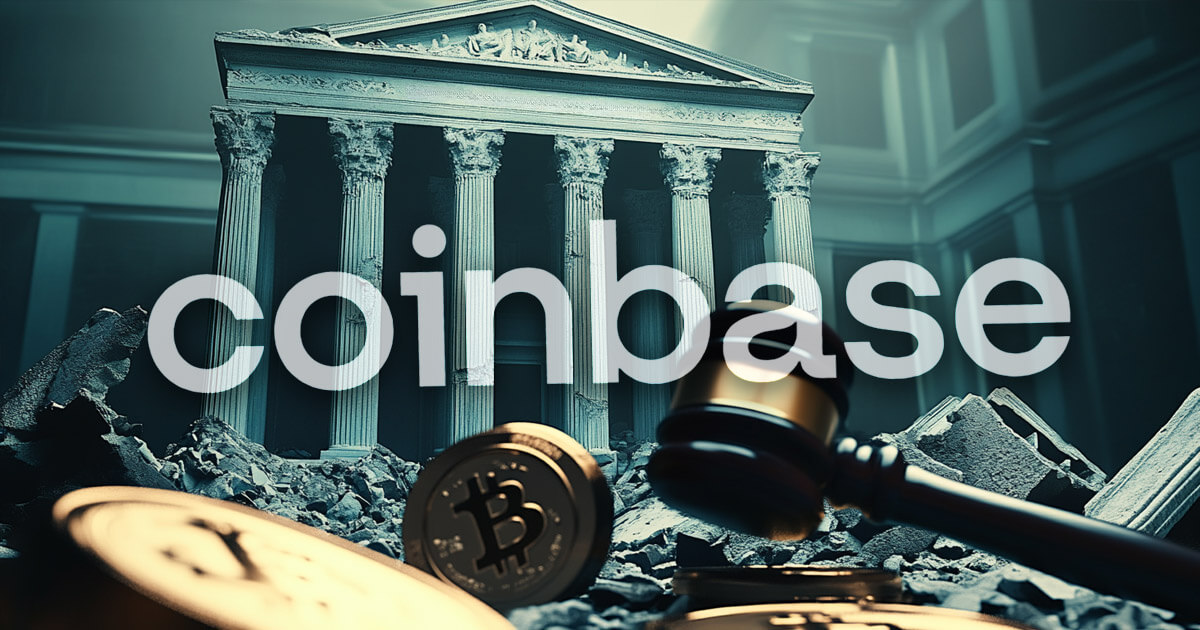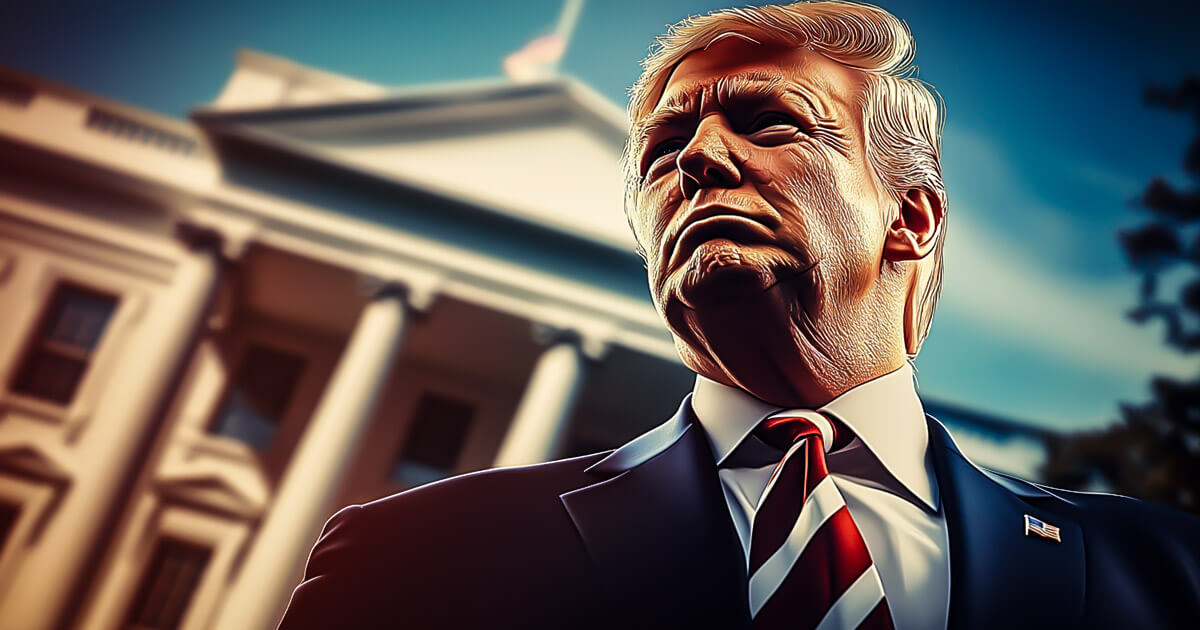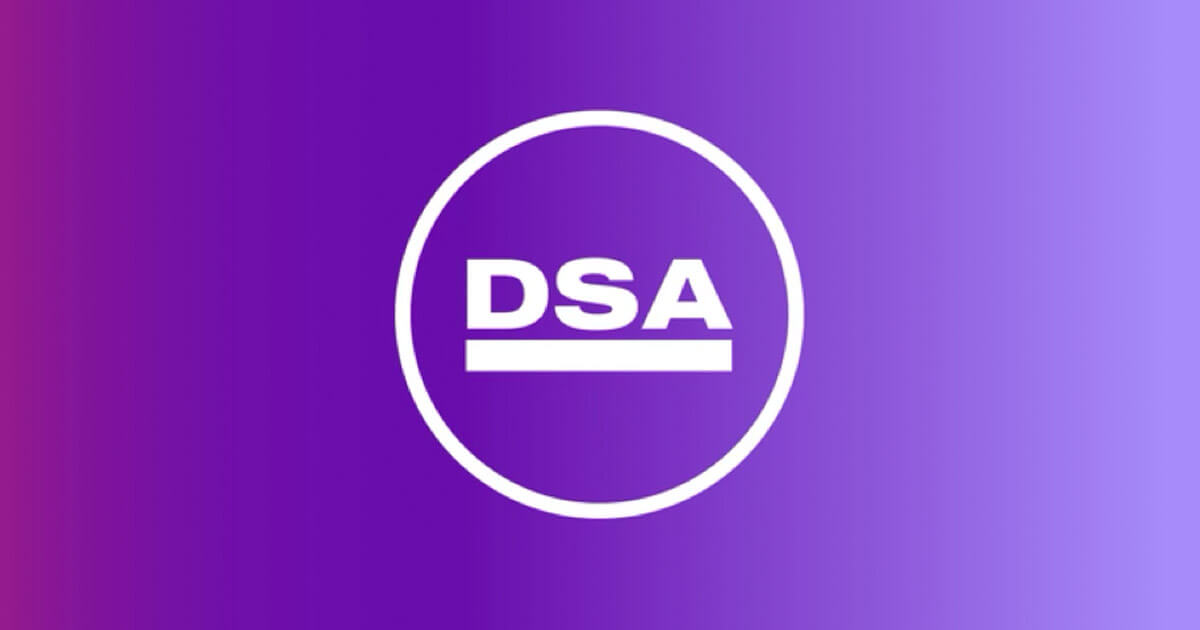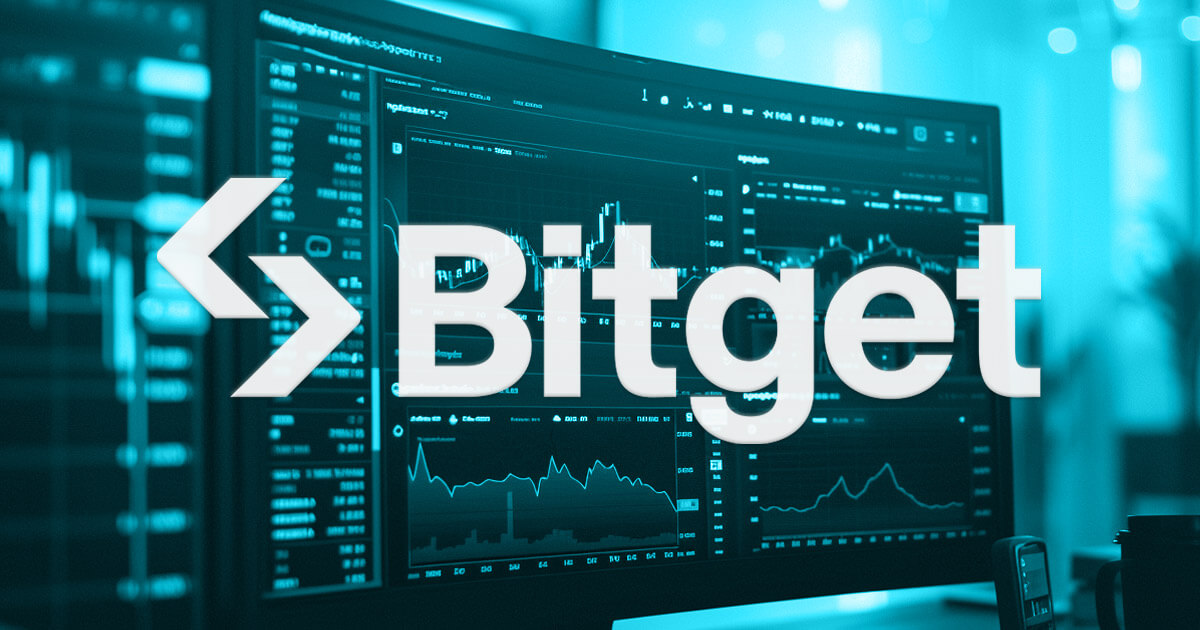 Trump’s Crypto Czar says Bitcoin reserve evaluation, stablecoin legislation top priorities for administration Gino Matos · 7 seconds ago · 3 min read
Trump’s Crypto Czar says Bitcoin reserve evaluation, stablecoin legislation top priorities for administration Gino Matos · 7 seconds ago · 3 min read
The regulatory strides include prioritizing assessment on a US Bitcoin reserve, a stablecoin regulatory framework, and new SEC guidelines for crypto.

Cover art/illustration via CryptoSlate. Image includes combined content which may include AI-generated content.
The White House “Crypto Czar,” David Sacks, said the crypto working group established by President Donald Trump’s executive order is evaluating the establishment of a Bitcoin (BTC) reserve as an early priority for the administration.
However, in response to questions about the US sovereign wealth fund also buying Bitcoin, Sacks said that would be evaluated separately.
Sacks outlined the working group’s mandate, which includes collaboration with the Securities and Exchange Commission (SEC) to propose a federal regulatory framework for digital assets and stablecoins.
He said the previous four years were marked by regulatory uncertainty, leading to the offshoring of crypto innovation. Sacks added that the Trump administration aims to reverse this trend by creating a structured regulatory environment that differentiates compliant businesses from fraudulent actors.
Senators Tim Scott, French Hill, John Boozman, and Representative Glenn Thompson also made statements during the press conference.
Boozman emphasized that the SEC has jurisdiction over securities, while the Commodity Futures Trading Commission (CFTC) regulates commodities. Thompson contextualized digital assets within technological evolution, describing them as part of Internet 3.0—the “internet of value.”
Additionally, Scott stated that the goal is to pass stablecoin legislation within the first 100 days of the administration, followed by broader market structure reforms.
Strengthening the US dollar
Sacks reaffirmed that stablecoin legislation would be a priority, citing its potential role in securing the US dollar’s position as the world’s reserve currency.
Almost simultaneously with the press conference, Senator Bill Hagerty introduced the Clarity for Payment Stablecoins Act of 2024 draft. This bill aims to establish a federal regulatory framework for payment with stablecoins in the US.
The bill defines regulatory standards for issuing and managing payment stablecoins, ensuring they are backed by reserves and operate within a structured legal environment. It also outlines that firms must be licensed as “permitted payment stablecoin issuers” to create stablecoins in the US.
These issuers include subsidiaries of insured depository institutions, federal-qualified nonbank payment stablecoin issuers regulated by the Office of the Comptroller of the Currency, and state-qualified payment stablecoin issuers regulated by state financial authorities.
The bill mandates that stablecoin issuers maintain a 1:1 reserve backing using US currency, deposits, Treasury securities, and other liquid assets. Issuers must also provide monthly public disclosures on reserve compositions and undergo independent audits.
Furthermore, the legislation prohibits the rehypothecation of reserves and requires compliance with anti-money laundering regulations under the Bank Secrecy Act. The bill establishes a two-year moratorium on algorithmic stablecoins and directs the Treasury Department to study their risks and benefits.
It also calls for developing interoperability standards for stablecoins and encourages reciprocal agreements with international jurisdictions with similar regulatory frameworks. The legislation explicitly exempts payment stablecoins from being classified as securities under federal securities laws.
It also allows stablecoin issuers with market capitalizations below $10 billion to opt for state-level regulation. Once the threshold is exceeded, a transition to federal oversight is required.
The bill includes provisions for customer protection, such as requiring custodians to segregate customer assets and adhere to operational and reporting standards. If enacted, the legislation would provide regulatory clarity for stablecoin issuers, reinforce the US dollar’s role in global finance, and promote compliance and oversight within the digital asset sector.
SEC crypto task force
The press conference and the bill come amid significant regulatory developments for the industry at the SEC, which has officially launched its first crypto task force
The task force will be led by Commissioner Hester Peirce, who is widely known as “Crypto Mom” for her vocal stance on regulating the industry.
Peirce compared the SEC’s previous regulatory approach toward digital assets to an uncertain road trip marked by regulatory ambiguity and enforcement-driven actions. She added that the task force aims to develop a regulatory framework that balances investor protection with industry innovation.
Peirce emphasized that the SEC’s handling of crypto over the past decade has been inconsistent, leading to ongoing litigation and uncertainty among market participants. The task force will work across regulatory agencies and with Congress to define clear rules.
She also acknowledged that regulatory clarity will take time and encouraged public engagement to help shape policy decisions.
The SEC crypto task force will focus on defining the security status of crypto asssets, reviewing frameworks for token offerings, modifying registration paths, and exploring custody solutions for investment advisers.
Other areas of interest include crypto-lending, staking programs, and exchange-traded products. Lastly, the task force will also examine potential cross-border regulatory cooperation.












































